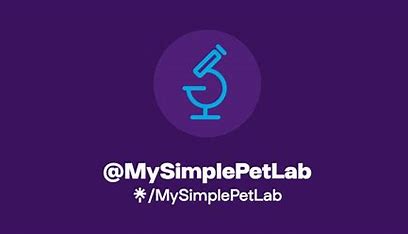
Collecting a fecal sample from your pet dog or cat can be a crucial step in ensuring their health and well-being. Fecal samples can help diagnose a variety of digestive issues, such as parasites or other infections. By following these simple steps, you can make the process of collecting a fecal sample from your pet quick, easy, and stress-free.
Step 1: Prepare a Sterile Container The first step in collecting a fecal sample is to prepare a sterile container for the sample. You can use a clean, empty jar or container with a tight-fitting lid. Make sure the container is clean and free of any residue from previous use. You can also use containers that are specifically designed for collecting pet feces, which are available from pet supply stores or online from Affordable Pet Labs.
Step 2: Observe Your Pet Once you have your container ready, it’s time to observe your pet. Watch for any signs of digestive discomfort or changes in bowel movements. If your pet is having diarrhea or other digestive issues, it may be necessary to collect multiple samples to accurately diagnose the problem.
Step 3: Collect the Sample Once you have identified a fresh, normal bowel movement, it’s time to collect the sample. Use gloves or a clean, disposable bag to handle the sample, and make sure to collect a portion that is about the size of a golf ball. Place the sample in the sterile container, making sure not to touch the inside of the container with your gloves or hands.

Step 4: Seal and Label the Container Once the sample is in the container, make sure to seal the lid tightly. Label the container with your pet’s name, the date the sample was collected, and any other relevant information, such as the type of food your pet is eating or any recent treatments they have received.
Step 5: Store the Sample Properly It’s important to store the fecal sample properly to ensure that it remains fresh and usable. Keep the container in a cool, dark place, such as a refrigerator, until you are ready to bring it to your veterinarian or send it to Affordable Pet Labs Diagnostic Lab. Avoid exposing the sample to direct sunlight or high temperatures, as this can cause it to deteriorate.
Step 6: Take the Sample to Your Veterinarian or conveniently ship it to Affordable Pet Labs. The diagnostic lab will use the sample to perform a variety of tests, such as a fecal flotation, to diagnose any digestive issues your pet may be experiencing. Make sure to provide your veterinarian or Affordable Pet Labs with any relevant information about your pet’s health and any recent changes in their behavior or diet.
Collecting a fecal sample from your pet can seem daunting, but with a little preparation and care, it can be a simple and stress-free process. By following these steps, you can ensure that your pet receives the best possible care and treatment for any digestive issues they may be experiencing. So, don’t hesitate to reach out to your veterinarian or to Affordable Pet Labs today if you have any concerns about your pet’s digestive health.
Check out The Total Fecal Diagnostic test below:
[dib_prod_6580334362782] [dib_prod_6580348944542]








